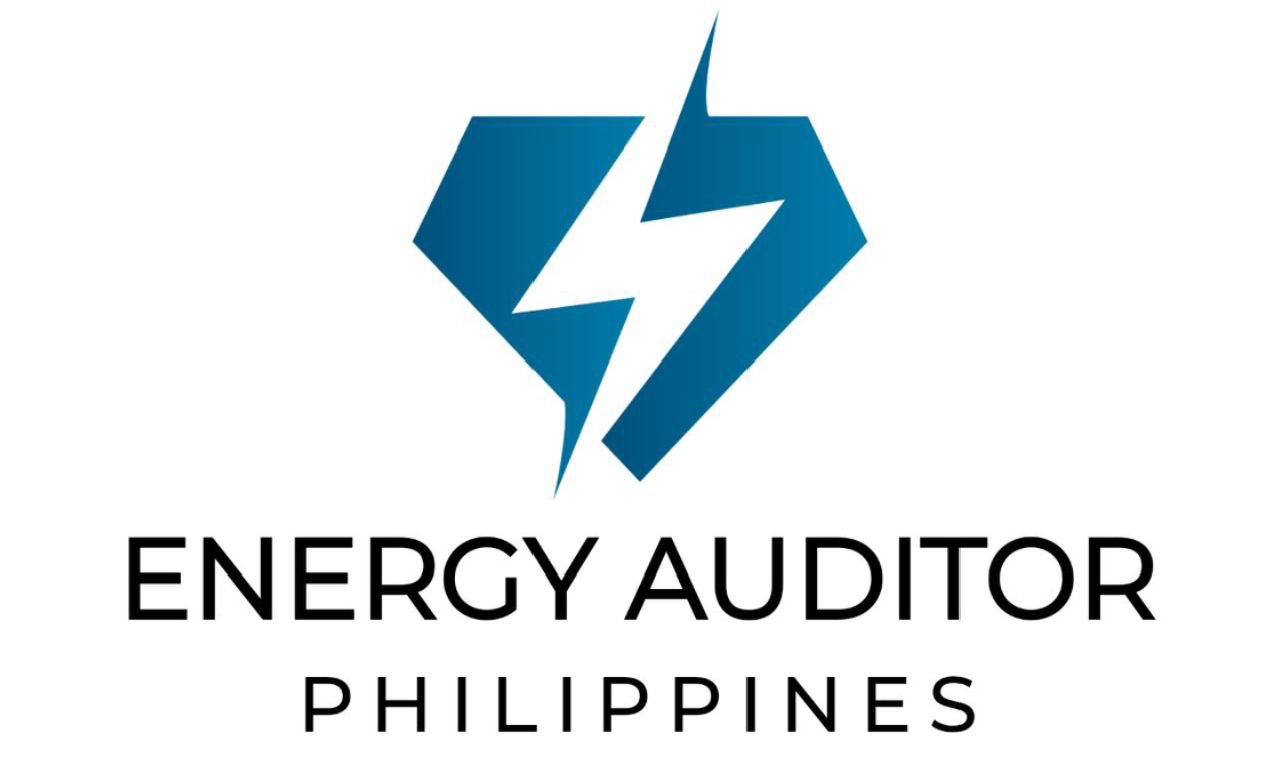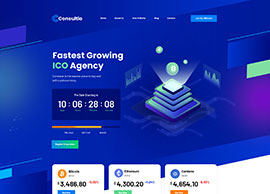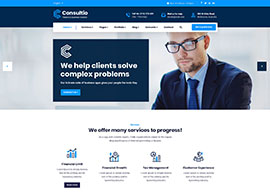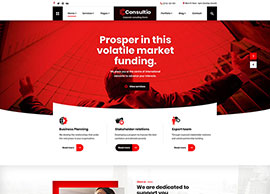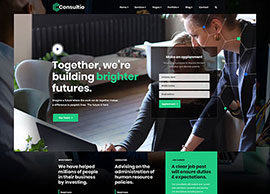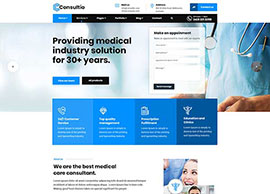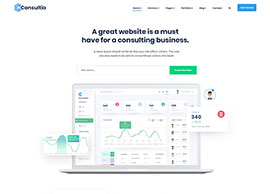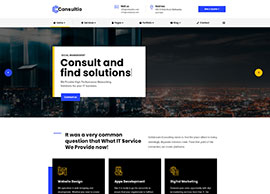Modular Flexibility: Scaling Energy Efficiency for RA 11285 Compliance – How Comsys ADF Adapts to Evolving Needs
In the Philippines, where industries face stringent mandates under Republic Act 11285 (RA 11285) to enhance energy efficiency, adapting to energy audit recommendations is critical. Power quality challenges like harmonics, flicker, and reactive power imbalances threaten compliance and operational costs. Comsys ADF technology offers a future-ready solution through its modular active harmonic filters, scalable from 30 A to over 10,000 A, ensuring businesses meet evolving energy standards without costly overhauls. With proven savings of up to 40% in total cost of ownership compared to alternatives like AFE drives [[Brochure, p.4]], ADF empowers factories, utilities, and OEMs to stay compliant while scaling sustainably.
The Challenge: Adapting to RA 11285’s Energy Efficiency Demands
Philippine industries are under pressure to align with RA 11285’s goals for energy conservation, which require:
- Reducing Total Harmonic Distortion (THD) to meet IEEE519 or G5/4 limits, avoiding penalties.
- Optimizing energy use to lower carbon footprints and operational costs.
- Future-proofing infrastructure to integrate renewable energy and automation.
Traditional fixed systems struggle to scale with these demands, often requiring full replacements as energy needs grow.
The Comsys Solution: ADF’s Modular Design – Built for Scalability
Comsys ADF’s modular architecture ensures seamless adaptation to changing energy audit requirements. Key features include:
- Scalable Power Ranges
- Start with compact units like the ADF P25 (30 A) for small loads or deploy high-capacity systems like the ADF P300 (50–450 A) with up to 15 units operating in parallel [[Brochure, p.19]].
- For utility-scale projects, the ADF P700 STATCOM supports medium-voltage grids up to 136 kV, ideal for stabilizing renewable energy integration [[Brochure, p.20]].
- Cost-Efficient Expansions
- Modular components reduce total ownership costs by up to 40% through lower losses and simplified maintenance [[Brochure, p.4]].
- OEMs and system integrators leverage ADF’s “building blocks” (e.g., PPM300 modules) to embed harmonic filtering into custom cabinets or motor control centers [[Brochure, p.16]].
- Seamless Integration
- Retrofitting ADF modules into existing infrastructure minimizes downtime during upgrades. For example, Affinity Water retrofitted ADF systems into legacy facilities, slashing downtime by 30% [[Brochure, p.24]].
- Sensorless Control
- Eliminates external current transformers (CTs), simplifying installation and enabling sub-grid isolation for precise compensation [[Brochure, p.23]].
Key Benefits: Flexibility Meets Performance
By adopting ADF’s modular approach, Philippine businesses gain:
- Future-Proof Adaptability: Scale compensation power as automation or renewable capacity grows—no full system overhauls required.
- Space Optimization: Wall-mounted units like the ADF P100 save 40% more space than traditional systems, ideal for retrofitting into crowded factories or data centers [[Brochure, p.12]].
- Regulatory Compliance: Meet RA 11285 and international standards effortlessly, avoiding penalties.
- Reduced Downtime: Rapid deployment and parallel module configurations ensure continuous operation during upgrades.
For instance, LG-CNS deployed hundreds of ADF units in Korean data centers, achieving <5% THD while adapting to expanding cloud infrastructure [[Brochure, p.26]].
Real-World Success: BMW’s 40% Energy Loss Reduction
BMW’s plant faced harmonic distortions from welding robots and transport systems, risking production delays. By deploying ADF modules:
- Energy losses dropped by 40% due to ultra-low THD.
- Automation scalability was achieved without compromising grid stability.
- Regulatory compliance was ensured effortlessly, avoiding penalties and ensuring grid stability [[Brochure, p.25]].
This case underscores ADF’s value for Philippine manufacturers embracing smart technologies.
Why Comsys Leads in Modular Power Quality
- Swedish Engineering: Precision design ensures modules like the ADF P300 meet seismic certification for typhoon-prone regions [[Brochure, p.15]].
- Global Support: The ADF Partner Network offers localized commissioning and remote diagnostics via the ADF Dashboard WUI [[Brochure, p.22]].
- Sustainability Alignment: Modular scalability supports the Philippines’ renewable energy goals by stabilizing grids integrated with solar/wind farms.
Future-Proof Your Philippine Infrastructure with Comsys
Whether expanding a Makati data center, upgrading a Cebu marine vessel, or integrating a Mindanao solar farm, Comsys ADF’s modular flexibility ensures your power systems evolve with your ambitions. With proven scalability, cost savings, and adaptability, ADF isn’t just a solution—it’s a strategic investment in growth.
Ready to scale smarter? Explore Comsys’ modular solutions at www.comsys.se and discover how ADF technology can transform your operations.
Sources: Comsys ADF Brochure (2024), Web_search



